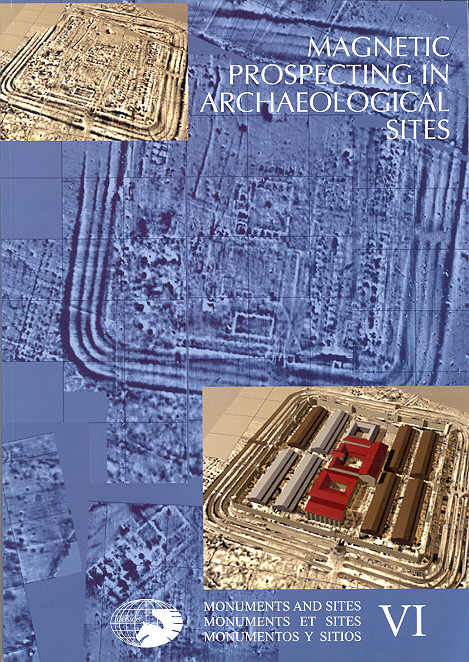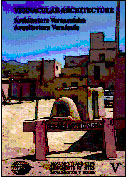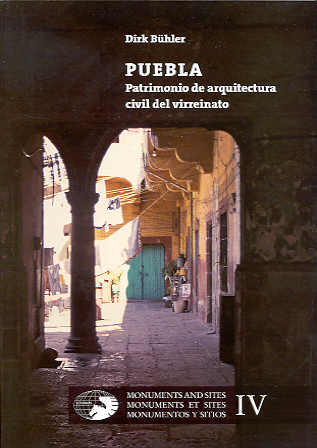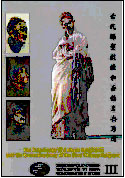Monuments&Sites VI - Magnetic prospecting in archaeological sites
By Helmut Becker and Jörg W.E. Fassbinder
2001
102 pages 15 Euros ICOMOS Member: 10 Euros
Contents
- Foreword
- From Magnetic Prospecting to Virtual Archaeology
- Combining Magnetometry and Archaeological Interpretation: A Square Enclosure in Bavaria
- Duo- and Quadro-sensor Configuration for High Speed I High Resolution Magnetic Prospecting with Caesium Magnetometer
- Magnetic Prospection of a Megalithic Necropolis at Ibbankatuwa (Sri Lanka)
- Magnetometry in the Garden ofthe Sigiriya Rock Fortification (Sri Lanka)
ln Search for the City Wall of Homer's Troy -Development of High Resolution Caesium Magnetometry 1992-1994
- Magnetic and Resistivity Prospection in Munbaqa-Ekalte (Syria) 1993
- Ultra High Resolution Caesium Magnetometry at Monte da Ponte, Concelho Evora, Portuga1 1994-1996
- The Discovery of the Royal Capital of Awsan at Hagar Yahirr, Wadi Markha, Yemen by Satellite Images, Aerial Photography, Field Walking and Magnetic Prospecting
- Discovery of a First Neolithic Settlement in the Meseta of Central Spain near Ambrona (Soria) by Caesium Magnetometry in 1996
- Prospecting in Ostia Antica (Italy) and the Discovery of the Basilica of Constantinus I in 1996
- Magnetometry in the Desert Area West of the Zoser's Pyramid, Saqqara, Egypt
- In search for Piramesses -the Lost Capital of Ramesses II in the Nile Delta (Egypt) by Caesium Magnetometry
- Prospection of the Early Islamic Residence Rusafat Hisam (Syria) by Caesium Magnetometry and Resistivity Surveying 1997-1999
- Combined Caesium Magnetometry and Resistivity Survey in Palmyra (Syria) 1997 and 1998
- Magnetometry in the Cemetery and the Awâm- Temple in Marib, the Capital of the Queen Saba, Yemen
- Magnetometry ofthe Prehistoric Necropolis Suchanicha in the Minusinsk Basin, South Siberia
- Magnetometry of a Scythian Settlement in Siberia near Cicah in the Baraba Steppe 1999
- Uruk- City of Gilgamesh (Iraq) First Tests in 2001 for Magnetic Prospecting
- Wazigang -A Palace of Qin Shihuangdi, the First Chinese Emperor


 2001
2001
 Eng. - Chi.
Eng. - Chi.